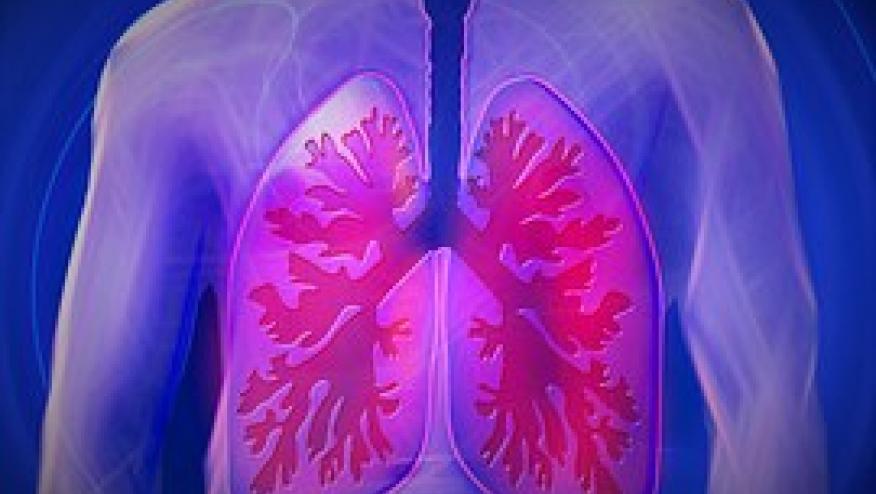Rheumatoid arthritis and lung disease in the spotlight at #ACR20 Save

Rheumatoid arthritis (RA) has long been established to have pulmonary manifestations such as interstitial lung disease (ILD), and several research groups are pursuing this respiratory burden of RA at #ACR20.
Led by Dr. Pierre-Antoine Juge and Dr. Philippe Dieude, a French group of rheumatologists and pulmonologists have several abstracts related to RA-ILD. First, the prevalence of subclinical RA-ILD detected on chest high-resolution CT scans was noted to be 18.2% in their cohort, similar to other studies that suggest high prevalence of subclinical RA-ILD (abstract #1199). The MUC5B promotor variant was previously established as the first genetic risk factor for RA-ILD in a previous study by this group published in the New England Journal of Medicine1. They found that this same genetic variant could help risk stratify patients for incident RA-ILD using other factors such as age, sex, and swollen joints (abstract #1194). However, the MUC5B promotor variant was not associated with progression of RA-ILD during 10 years of follow-up (abstract #1195).
Led by Dr. Bryant England at the University of Nebraska, a systematic review detailed several biomarkers associated with RA-ILD including autoantibodies such as ACPA, cytokines/chemokines, and lung epithelial/surfactant markers (abstract #1197). The group performed another analysis of VA data and showed strong associations of male sex with RA-ILD regardless of adjustment for many RA features, suggesting a biologic driver for the sex difference in RA-ILD (abstract #1196).
Our group at Brigham and Women’s Hospital also have several abstracts related to RA and lung disease. Using Medicare data (n=510,000), we found that nearly 5% of older patients with RA had or developed RA-ILD and this was strongly associated with mortality, in particular respiratory and cancer mortality (abstract #0489). We also analyzed nearly 320,000 participants in the UK Biobank and found that RA was associated with both restrictive and obstructive patterns on research pulmonary function tests, not explained by smoking (abstract #0491). This suggests that airway obstruction, in addition to restriction, may be an RA manifestation. Within the BRASS registry, we also investigated risk factors for incident RA-ILD. We found that obesity, worse MDHAQ score, high CRP, and smoking above a threshold of 30 pack-years were all strongly associated with incident RA-ILD with an AUC of 0.79 combined with other established RA-ILD risk factors (abstract #1198). Finally, we used BRASS to examine fine specificity ACPA biomarkers as biomarkers for incident RA-ILD and found strong associations of anti-citrullinated-filaggrin with future risk of RA-ILD.
These abstracts provide further evidence that the respiratory burden of RA is larger than previously appreciated by quantifying its incidence, prevalence, risk factors, and impact on mortality. These studies suggest that we are closer to understanding the natural history of RA-ILD that may later translate into how to prevent, screen, monitor, and treat RA-related lung diseases.
REFERENCE
1. Juge PA, Lee JS, Ebstein E, et al. MUC5B Promoter Variant and Rheumatoid Arthritis with Interstitial Lung Disease. N Engl J Med. 2018;379(23):2209-2219.









If you are a health practitioner, you may Login/Register to comment.
Due to the nature of these comment forums, only health practitioners are allowed to comment at this time.